

No 31 Woodland Rise, Muswell Hill, the Talleys’ family home.
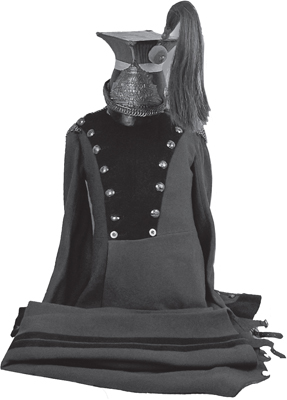
The Rough Riders’ splendid pre-war slate blue and purple lancer uniform; these were packed away in 1914.
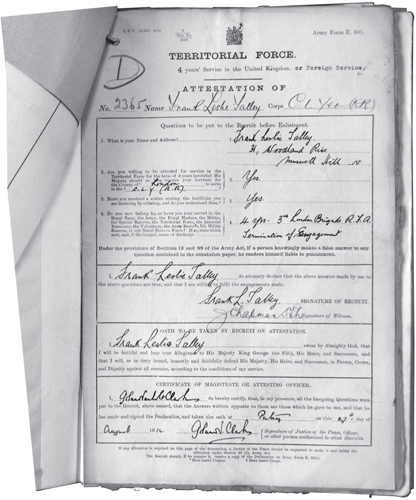
Frank Talley’s attestation form; he re-joined the army on 27 August 1914.
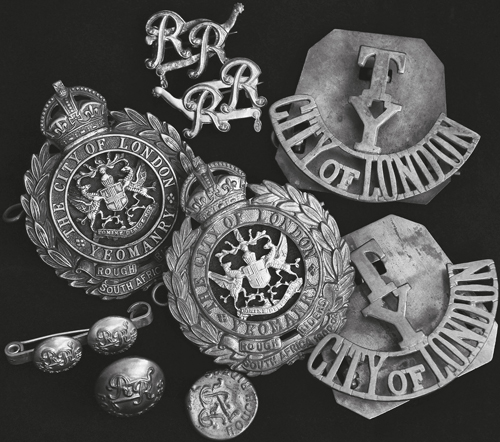
The Talley brothers’ insignia, cap badges, shoulder titles, buttons and collar badges. The distinctive collar badges have been made into brooches for wear by ‘sweethearts’.
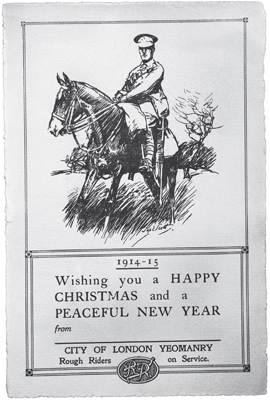
Cover from the Rough Riders’ Diary for 1914–15, owned by one of the Talley brothers, depicting the typical riding order of the day.
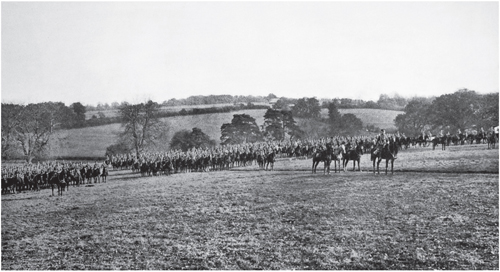
The Rough Riders at Woodcote, Oxfordshire, in 1914. The Talleys joined later, and are not in this picture.
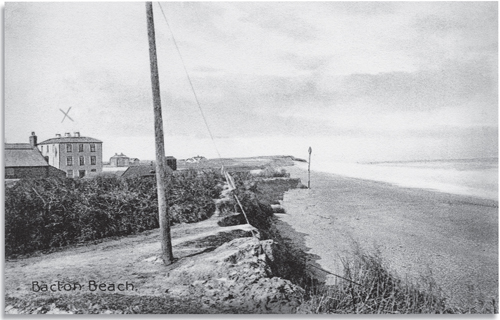
Bacton-on-Sea, Norfolk, 1914. This card, sent home by Frank, shows the position of his billet (marked with an ‘X’).

‘The Raider’. A contemporary postcard showing a Zeppelin caught in a searchlight. The Rough Riders saw the first Zeppelin raid, and the Talleys were concerned about the effect of the raiders on their family at home.
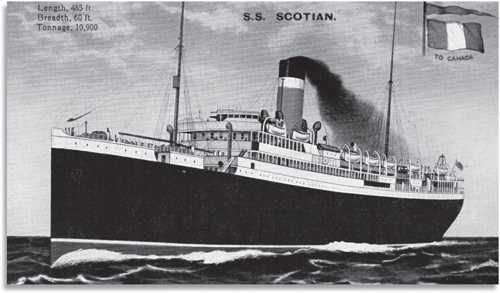
SS Scotian, the troop ship that carried the Rough Riders from Avonmouth to Egypt. This card was sent home by Percy Talley.
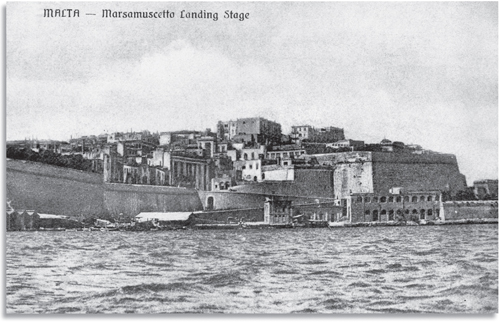
Valetta Harbour, Malta; the Talleys were here briefly. This card, no doubt bought from one of the ‘bum-boat’ vendors, was sent home by Percy Talley.

Top left: The expectation of the British soldier. The experience was somewhat different.
Bottom left: D Squadron, Rough Riders, at the Pyramids, Egypt. The Talley brothers, both in D Squadron, must be in this photograph.
Top right: Equipment of the Rough Riders in Egypt: Wolseley pattern sun helmet, shirt sleeves and leather bandolier.
Bottom right: Postcard sent home by Percy Talley while stationed at Port Suez, Egypt.
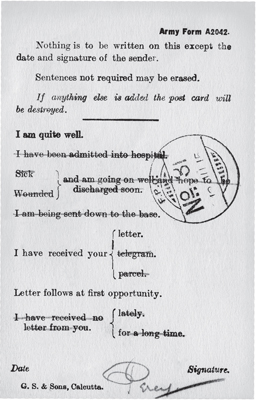
Indian Field Service Postcard sent home by Percy from Egypt ‘as a curiosity’. Such pro forma cards were a simple means of communicating with home.
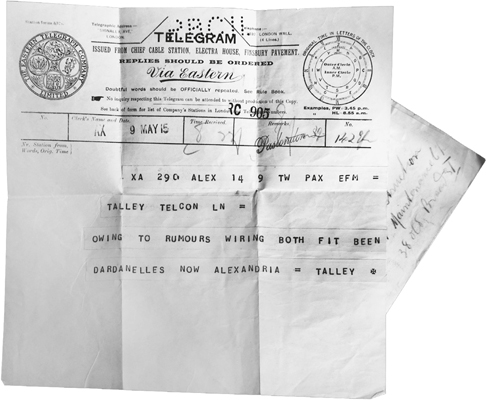
Telegram sent by Percy Talley from Alexandria in May 1915, informing his parents that he and his brother had observed the battles in the Dardanelles.

Mudros Harbour, Lemnos; this was the main base for attacking the peninsula.

Suvla Bay and plain from Anzac; intended as a base for further operations. Failure to take the high ground early on meant the scheme was compromised, and hard battles were fought to exploit them.

Map of Suvla Bay from Ian Hamilton’s Gallipoli Diary, showing the geography of the region and the evolving battlefront under General Stopford.
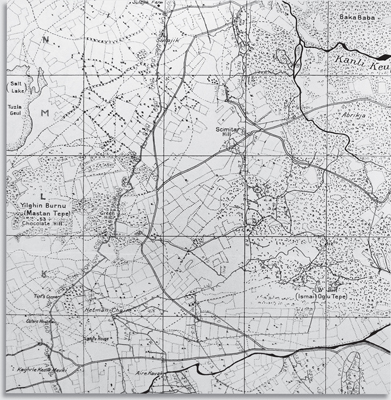
Contemporary map showing the position of Chocolate Hill, Hill 112 and other features of the IX Corps’ objectives on 21 August 1915.
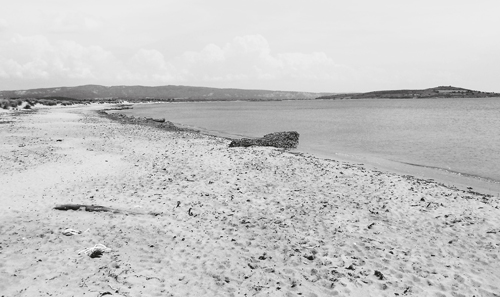
‘A’ Beach, Suvla Bay, with Lala Baba to the right, and Sari Bair in the distance.
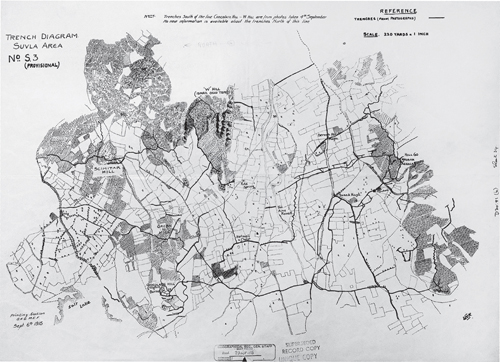
Trench diagram showing the Ottoman defences at Scimitar Hill and Hetman Chair.
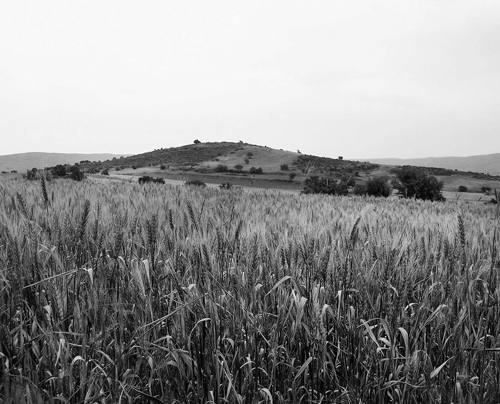
Lala Baba: from the lee of this hill the yeomen set off across the salt lake on 21 August 1915.
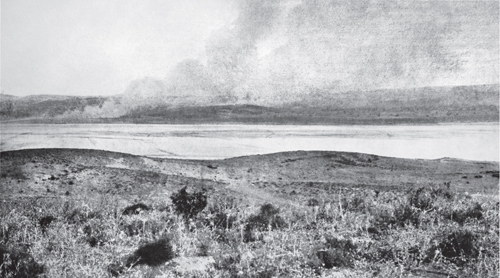
The bombardment of Scimitar Hill, 21 August 1915.
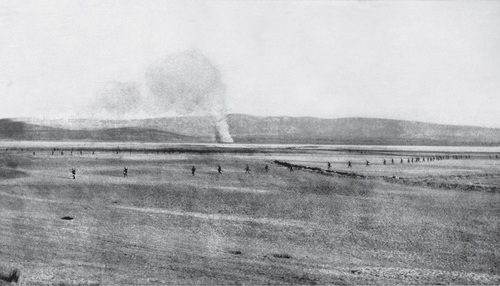
The yeomen cross the salt lake, 21 August 1915.

Scimitar Hill from the site of the British positions at Chocolate Hill; the looming bulk of Teke Tepe ridge is in the background.
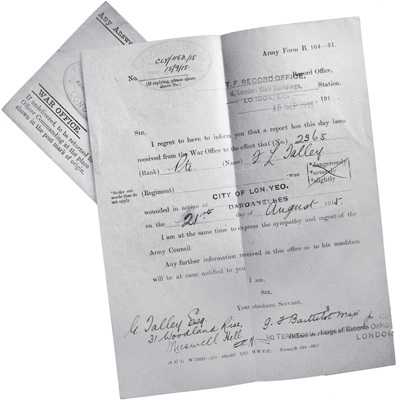
Notification of Frank Talley’s wounding, received by George Talley.
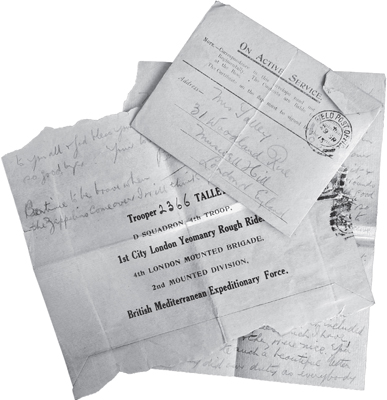
Letter from Percy Talley in the trenches at Chocolate Hill.

Spotting snipers at Chocolate Hill; the City of London Yeomanry.
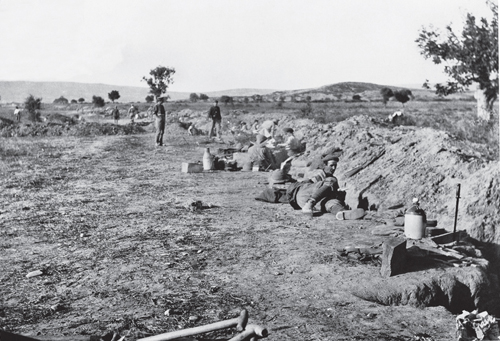
The Middlesex Hussars digging a new trench at Chocolate Hill.
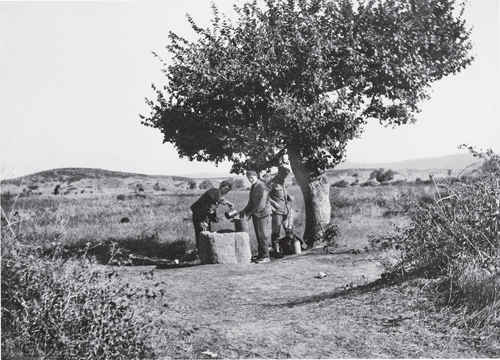
Fetching water from a well near Chocolate Hill.

The highland barricade at Azmak Dere.

‘Wounded in the Dardanelles’; postcard artists make light of the suffering.
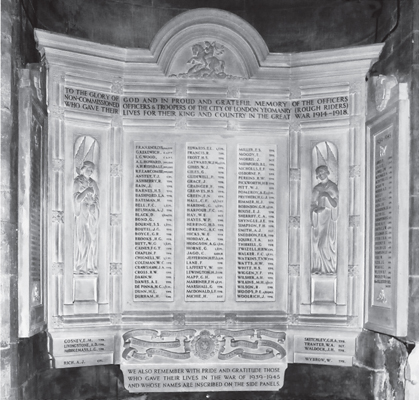
The Rough Riders’ memorial in St Bartholomew the Great, in the City of London. Major Knollys, mortally wounded at Chocolate Hill, tops the list.